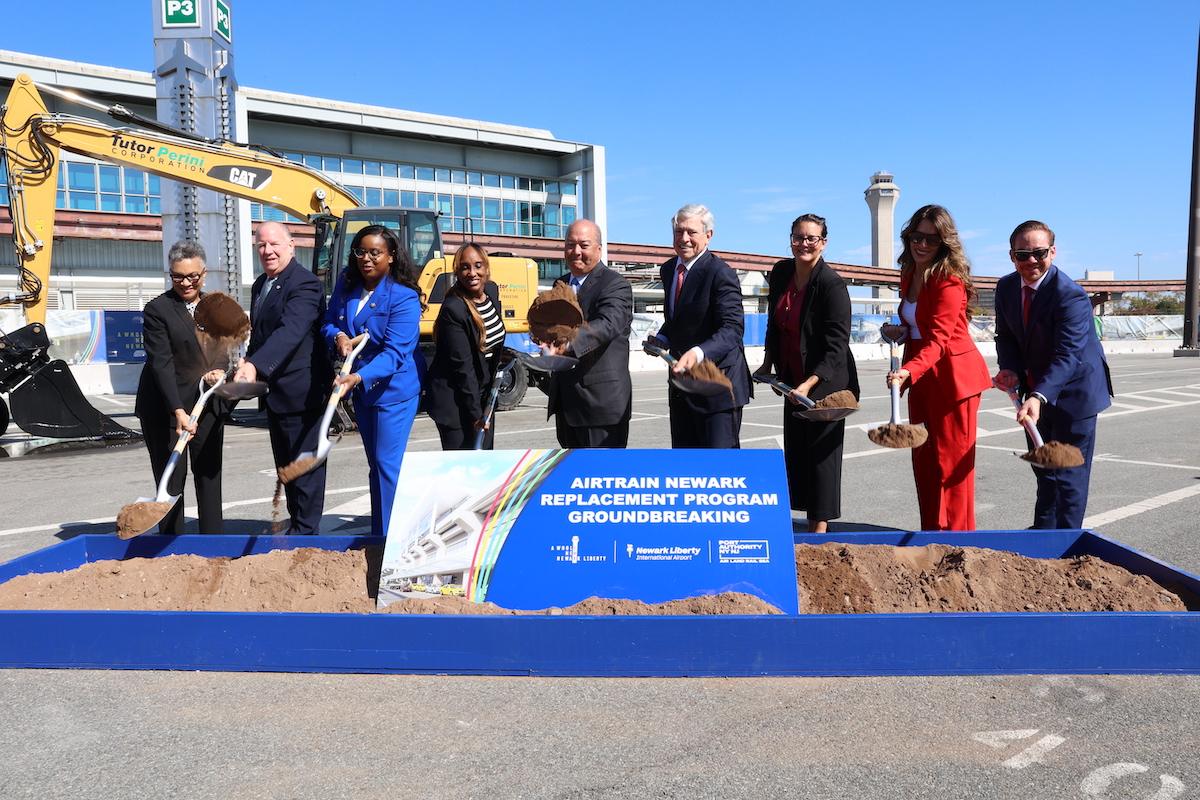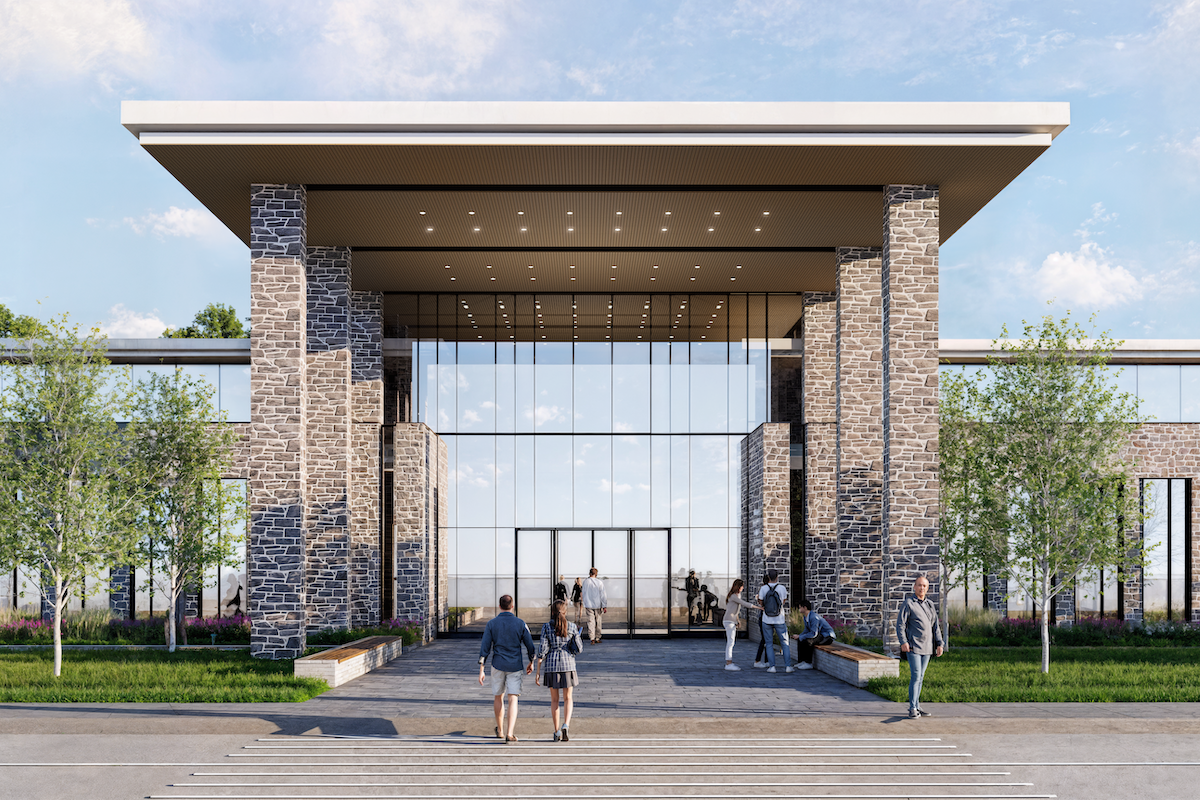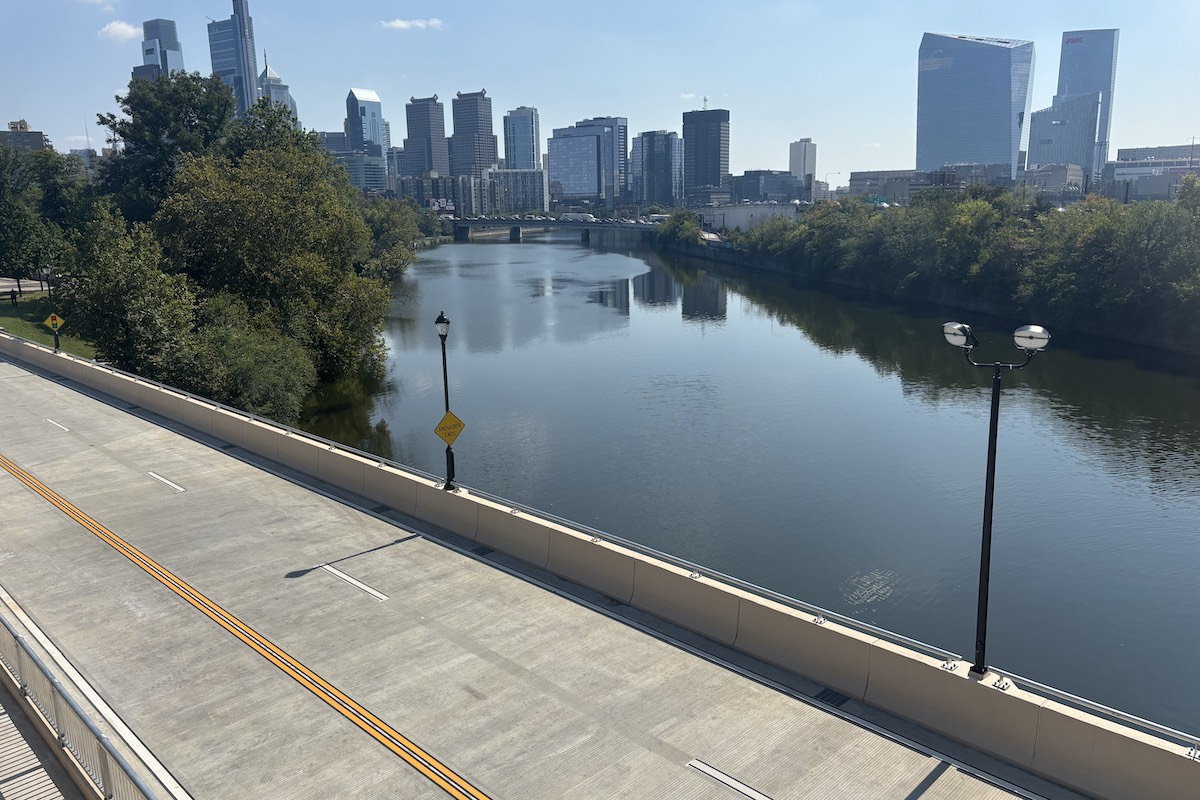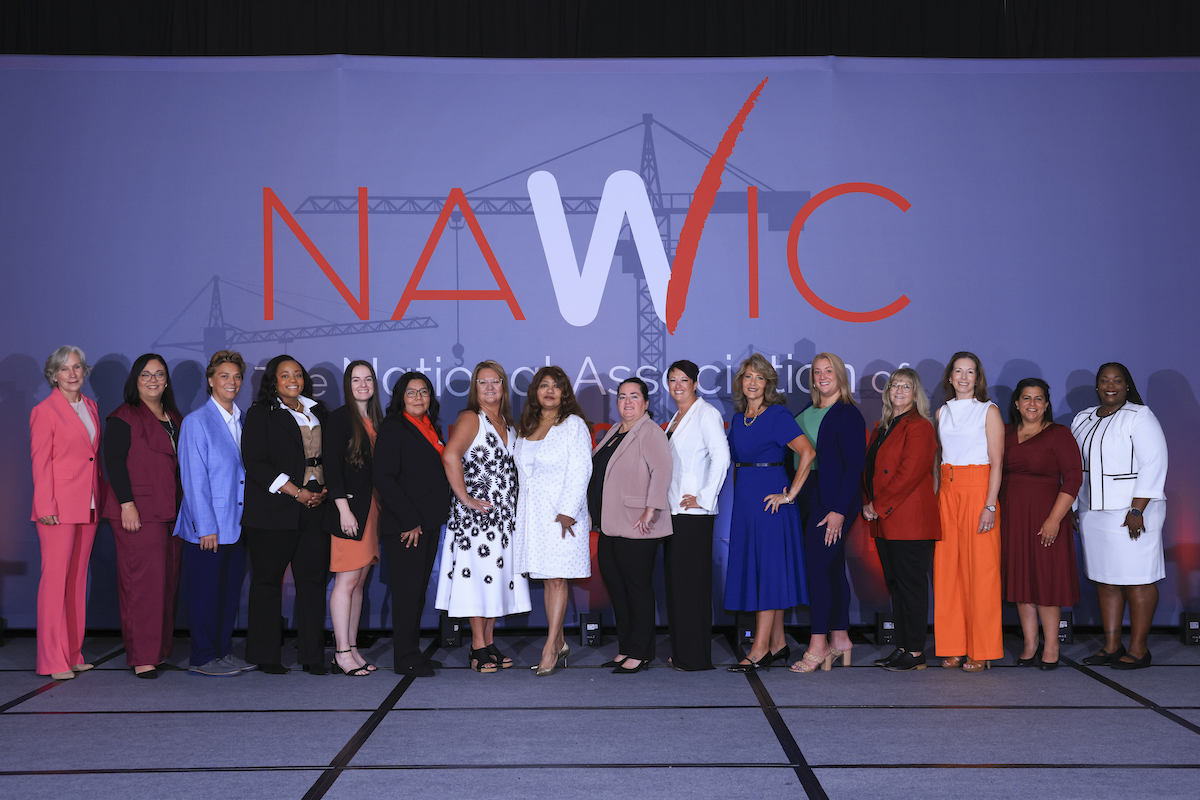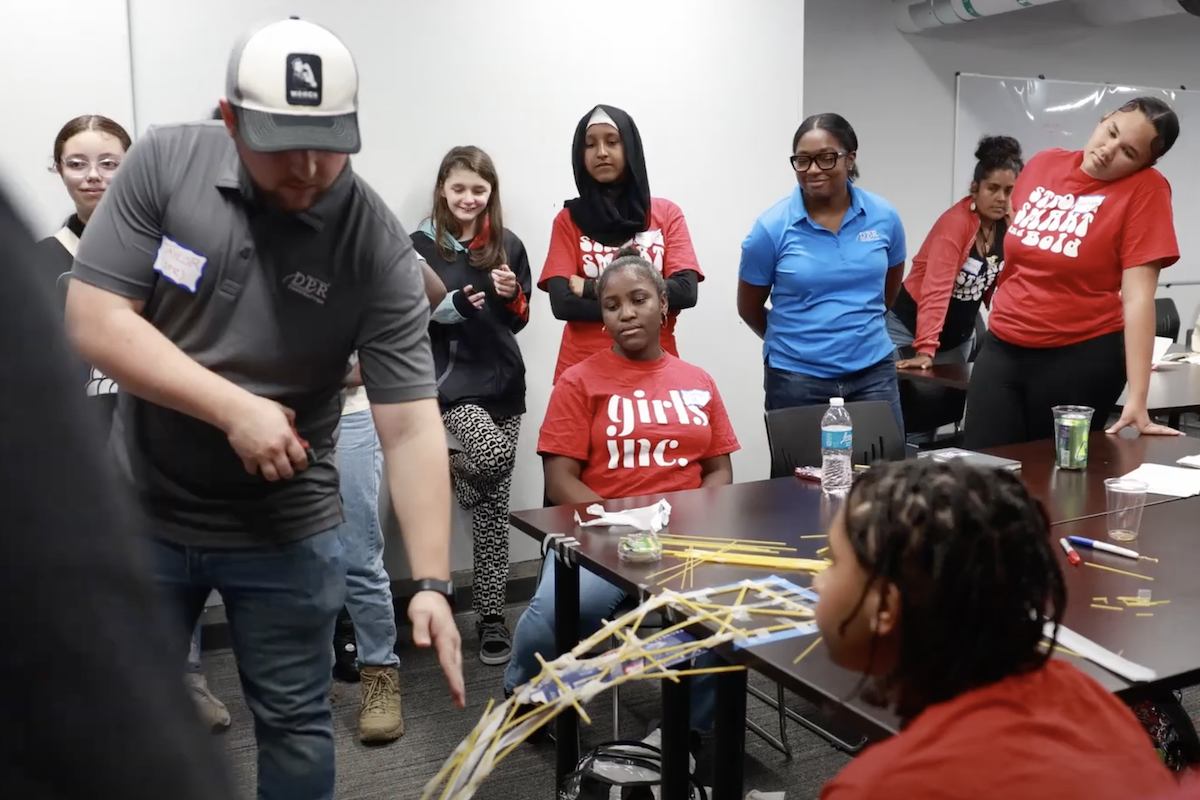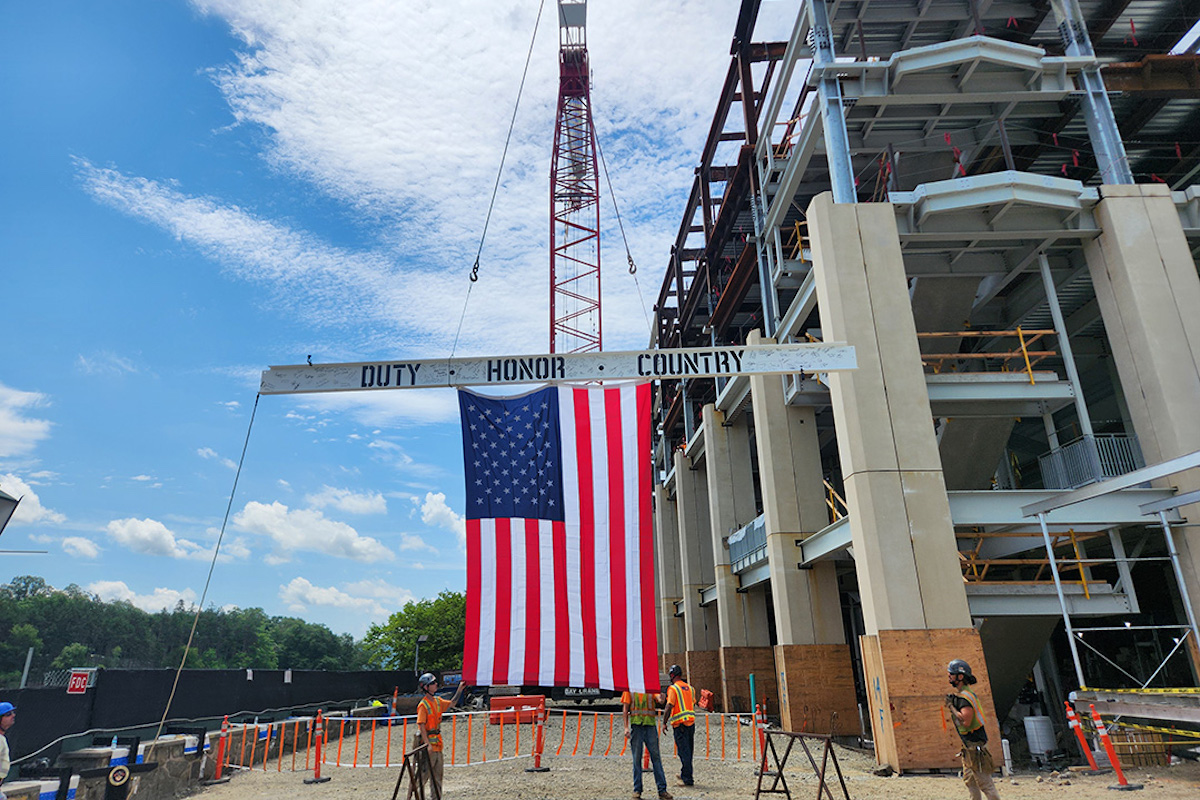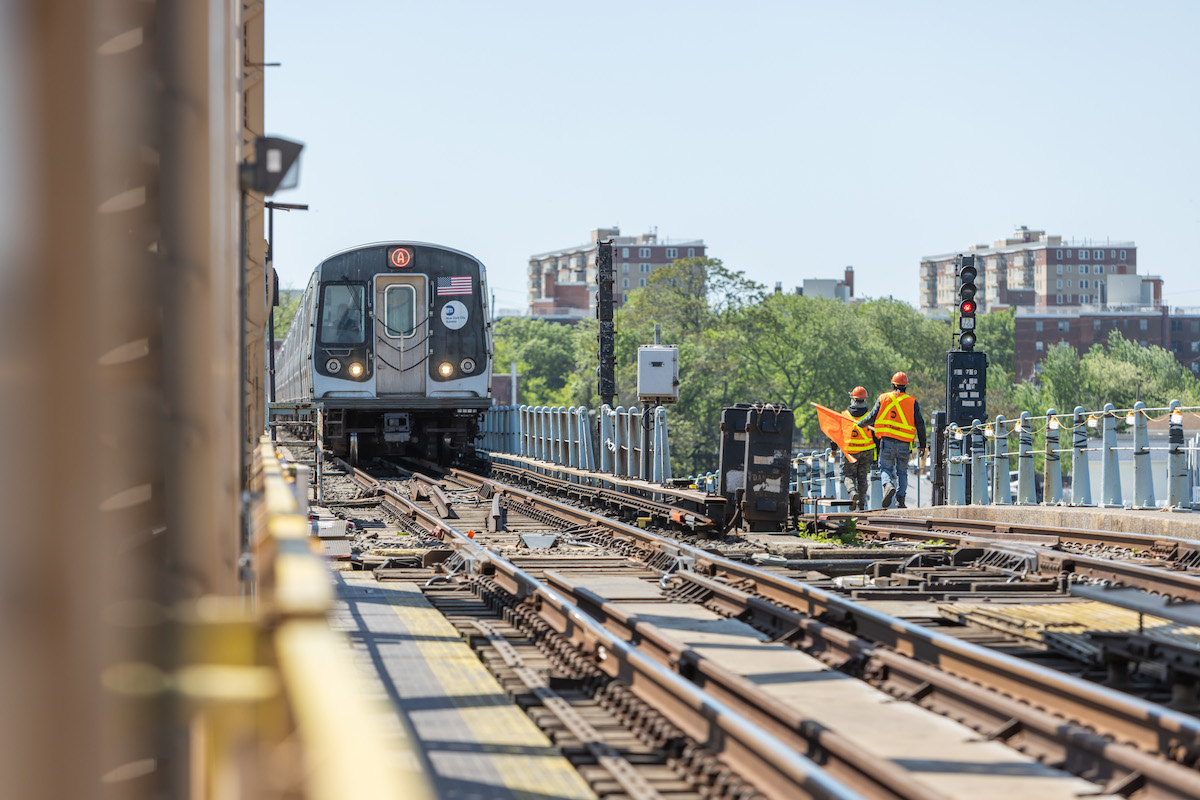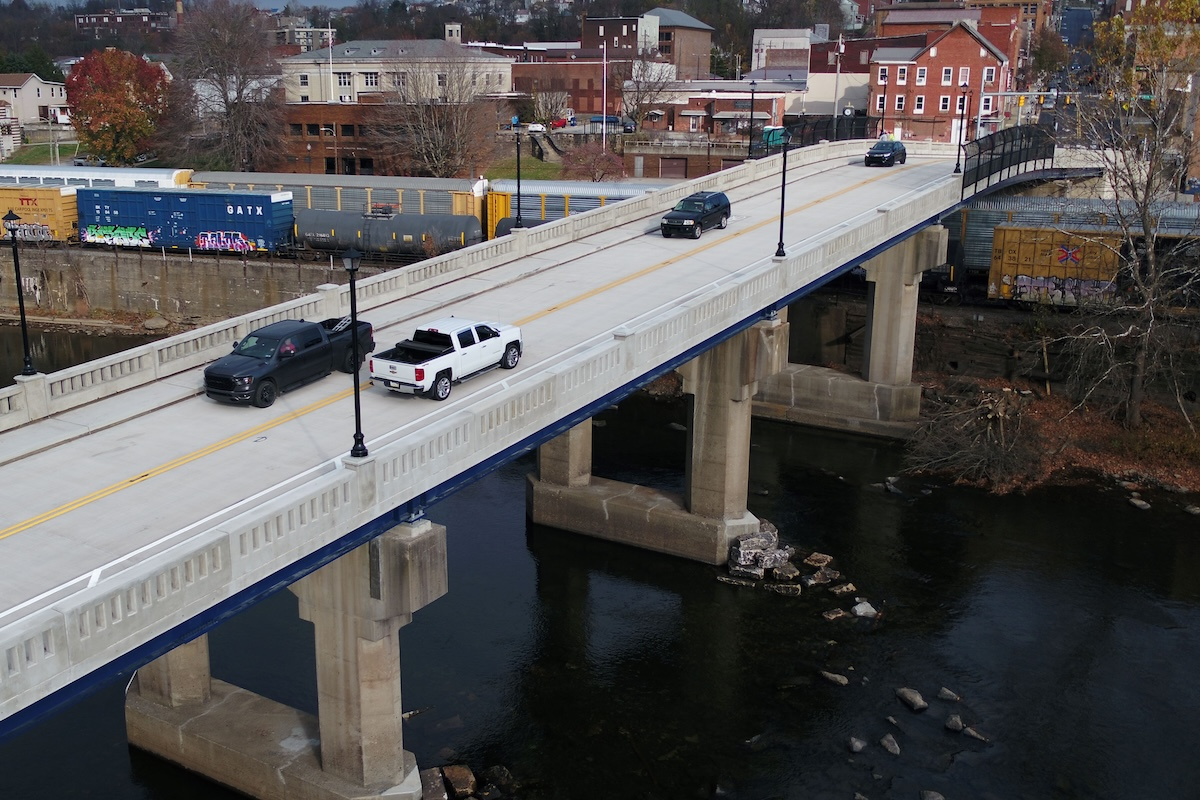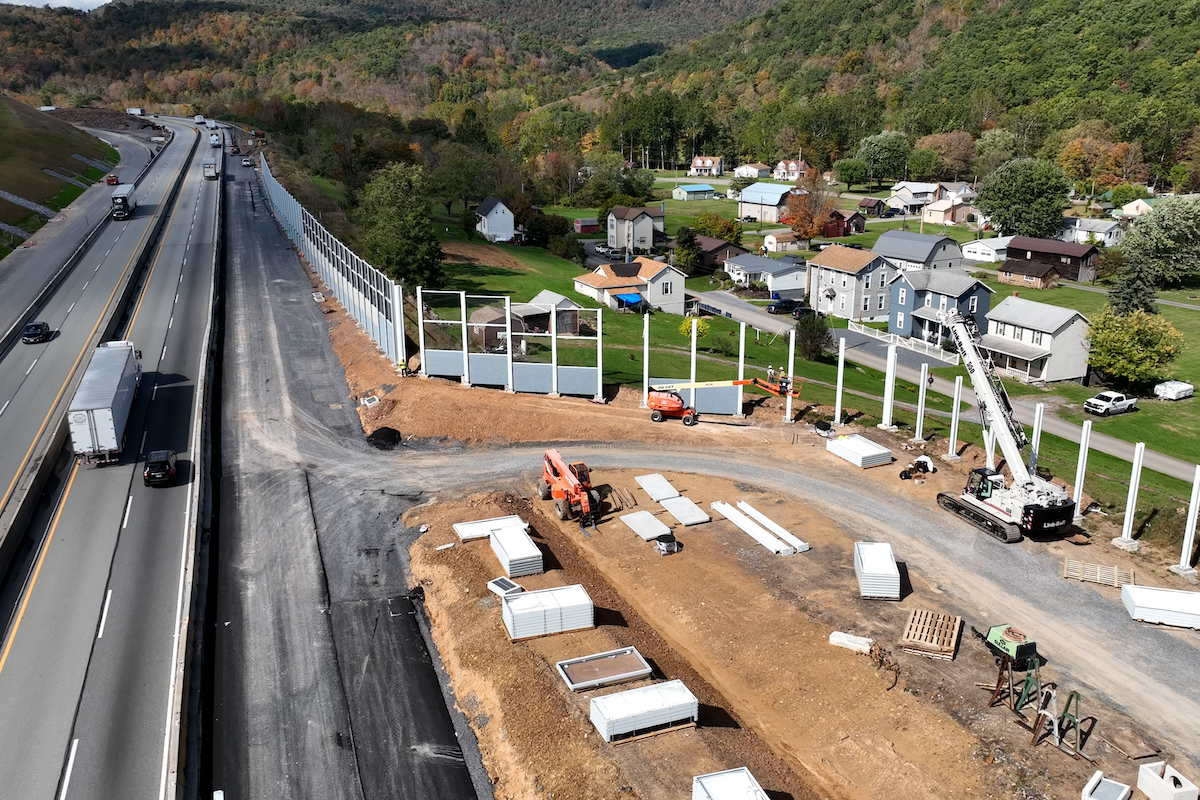The I-95/SR 896 interchange falls under the category of Major Diverge Interchange. As of 2024, the average daily traffic on the routes that make up the interchange were:
- I-95: approximately 130,000
- SR 896: approximately 50,000
- SR 72 (just east of the interchange): approximately 30,000
The traffic overwhelms the interchange during peak hours, leading to congestion. The speed differential between through and exiting traffic is significant.
Accidents are also a common occurrence, as the crash rate is approximately one per day. According to Delaware’s Secretary of Transportation, Nicole Majeski, over 700 crashes have occurred at the interchange since 2019. She said that traffic congestion and the current configuration are the reason for the crashes.

| Your local Trimble Construction Division dealer |
|---|
| SITECH Allegheny |
| SITECH Northeast |
Other factors also make the interchange atypical. Most interchanges on I-95 are such that most traffic continues on the interstate. This interchange is different; approximately one-third of travelers exit I-95 and head north on SR 896 to Newark, one-third exit I-95 and head south on SR 896 toward Glasgow, and one-third stay on the interstate.
“As a result, the traffic engineers during design had to model and design this interchange to efficiently manage the traffic now and in the future in an atypical fashion,” said Evan Brodsky, a DelDOT Area Engineer. “This resulted in brand new multiple multi-lane ramp flyovers, new bridges, and widened existing bridges on I-95 to incorporate at-speed merge lanes for approximately 1 mile from the interchange entrances and exits.”
The new interchange includes two flyover ramps. One of the ramps will take southbound I-95 traffic to southbound SR 896 and will include two new bridges, and the second will lead southbound SR 896 traffic to northbound I-95 and will include four new bridges.
“The flyover ramps will remove a merge point on SR 896 that occurs due to traffic coming on and off of I-95,” said Brandon Zerilla, Project Manager for Wagman Heavy Civil, who oversees operations related to the project. “During peak hours, this merge point creates backups. The new flyover ramps will provide easy on and off access from the roadways and help traffic flow.”
The team will also rehabilitate and make improvements to 10 existing structures. The structures include a box culvert extension, precast CON/SPAN segments over Norfolk Southern railroad, bridge widening over SR 72, deck overlays on I-95, and a new concrete deck on SR 896. Four of the bridges span the nearby Christina River, a tributary of the Delaware River.
The team is performing additional work:
- Structure rehabilitation
- Asphalt and concrete paving
- Sign structure installation
- Drainage improvement
- Pedestrian and bicyclist shared-use path construction
- Roadway widening for ramps
Approximately 1 mile of I-95 is being widened on the northbound and southbound sides of the road. The widening will allow for dedicated lanes so that traffic has sufficient space to merge on and off I-95 safely.
The shared-use path is the first to safely move pedestrians and bicyclists from the Newark area to the southern end of the project. “The shared-use path provides a much-needed pedestrian/bicycle connection from Newark, Delaware — including the Newark Train Station — to Iron Hill Park as well as Glasgow, Delaware,” Brodsky said.
“During installation of wick drains and rigid inclusions, we encountered rock that was unanticipated around the new ramps from I-95 southbound to 896,” Zerilla said.
To install the wick drains and rigid inclusions, the team has been required to complete predrilling, which Zerilla said has been the most challenging part of the project.
The project has included multiple types of geotechnical work, including wick drains, rigid inclusions, caissons, micropile, sheet piling, driven H-Pile, and temporary support of excavation.
The team has installed approximately 3,000 wick drains (around 35 feet deep) or just over 131,000 lineal feet of wick drains to remove water and provoke consolidation and settlement. Wick drains tend to work quicker than other methods that remove water.
Another method of ground improvement used on this project was installation of roughly 60,000 lineal feet of rigid inclusions. This type of geotechnical work uses grouted or concrete column constructed through compressible soils to reduce settlement and increase bearing capacity. Ground improvement efficiency depends on the stiffness relationship between the soil and the columns. Load from the structure is distributed to the soil and columns via a load transfer platform or rigid foundation.
Although the project consists of five construction phases, a large portion of the work is completed in phase two. Construction of the flyover ramps is part of phase two, however, the project has been able to overlap some of the phasing to allow for construction in all quadrants of the project.
In the later phases of the project, the new ramps will be open, and the team will be focused on the rehabilitation work to get across both I-95 and SR 896.
There is significant traffic flow around the interchange and the surrounding area that impacts work conditions.
“Much of our work is happening behind temporary concrete barriers, thanks to the design of the project,” Zerilla said. The ability to work behind temporary barrier wall significantly reduces the chances of accidents and injury to the construction workers by preventing the vehicles from entering the work zone.
To help reduce daytime backups and congestion, the project allows for regular nightly closures to facilitate construction. There have also been full nighttime detours on I-95 and SR 896 when the team completed erection of the superstructure steel.
“We pride ourselves on taking on the difficult projects with challenging schedules, and this project fits that criteria,” Zerilla said. “It has been a great project to have because DelDOT has been a good owner. Partnering with them has allowed the project to be successful so far."
The appreciation is mutual. “The contractor has been good to work with and keeps issues professional while maintaining a positive atmosphere on a day-to-day basis,” Brodsky said.
Originally, the project was budgeted at $224 million. However, due to some change orders and the unexpected rock find noted above, the cost has risen. Funding for the project is via the traditional 80/20 split from the federal and state governments. The project was also the recipient of a $56 million Federal Highway Administration INFRA grant.
The three-year project began in the spring of 2023 and is scheduled for completion in the late spring/early summer of 2026. It is currently on schedule.
“We have a substantial workforce as well as a number of local subcontractors on the project working five to six days a week,” Zerilla said. Work is also taking place day and night.
Another reason the team has managed to maintain the schedule, according to Zerilla, is the partnership between Wagman and DelDOT. “The partnership with the owner and designers has allowed the team to work through timely resolutions of issues that we’ve encountered on this project,” he said.
When the reconfiguration of one of the state’s busiest interchanges is completed, Brodsky said that the public will be able to travel through the I-95 corridor in a safe, efficient manner. Pedestrians and bicyclists will also enjoy improved connectivity in the area.
- Owner: Delaware Department of Transportation
- General Contractor: Wagman Heavy Civil, York, Pennsylvania
- Designer: Kleinfelder (formerly Century Engineering), Clifton, New Jersey
- Project Engineer: Catherine Schwander, PE (formerly Jonathan Ledger, PE) DelDOT
























